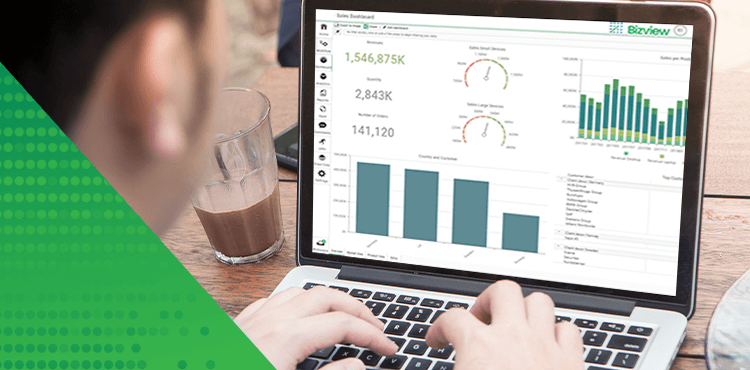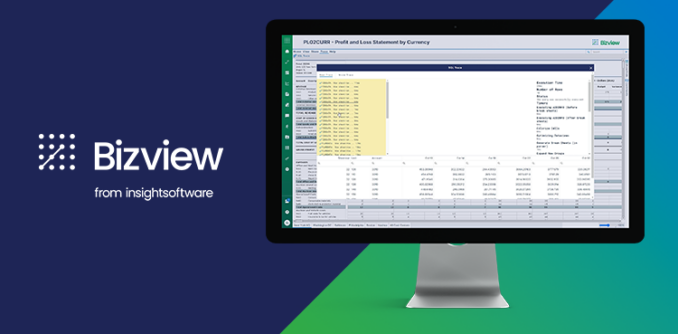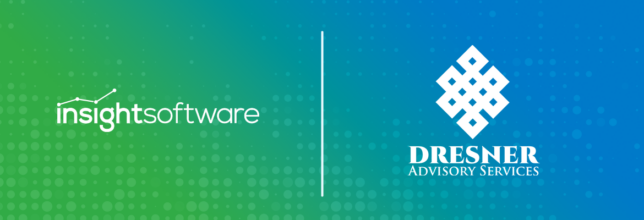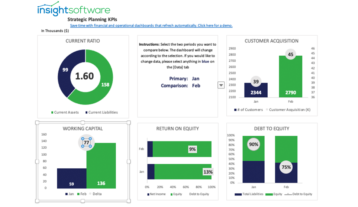Transformative Budgeting and Planning: Five Factors to Consider

Budgeting is one of those essential processes in which every business must engage. It’s critical to have a meaningful financial plan in place, to have realistic targets to achieve. Unfortunately, traditional models for financial planning and budgeting are increasingly strained as businesses strive to cope with change. Many are seeking leaner, more agile budgeting and planning options.
Traditional budgeting was designed for a relatively stable business environment in which some fluctuations are to be expected, but changes of major consequence would be considered quite rare. So-called “black swan” events are not necessarily something most companies would plan for; after all, the likelihood of such events is extraordinarily low.
Nevertheless, the world found itself in just such a situation in early 2020, and has experienced continued fallout as factory closures, labor shortages, shipping bottlenecks, and price volatility have dramatically impacted supply chains, production schedules, and margins.
An Overview of Transformative Budgeting Methods
Despite living in an unpredictable world, businesses must still plan for the future. They need to have some kind of reasonable, achievable financial targets in place. Budgeting is essential, but how can businesses create effective budgets in a changing environment? In fact, there are several different innovative approaches to budgeting that merit further investigation. Let’s examine some of these methods:
Zero-based budgeting (ZBB) dictates that you should build budgets from the ground up, with relatively little attention paid to prior years’ revenue and expense numbers. Whereas the traditional budgeting process generally begins with last year’s numbers as a baseline, ZBB starts from zero, as the name suggests.
Driver-based budgeting (DBB) builds revenue and expense lines for key accounts based on the internal and external variables that have the greatest overall impact on overall business performance. DBB then builds a budgetary model in which those variables are directly tied to the physical resources and activities needed to achieve the company‘s targets. DBB is closely related to activity-based budgeting (ABB); the differences are subtle, and many would equate these two methodologies.
Priority-based budgeting (PBB) establishes a list of specific activities and initiatives called “decision packages,” and ranks those according to priority when you establish the budget. You tailor each activity to achieve an optimal target along a spectrum that ranges from minimum service levels up to maximum investment. PBB aims to optimize the overall level of service given the resources available. In some respects, PBB is similar to ZBB insofar as it requires that expenses be justified.
Beyond budgeting is not necessarily a budgeting methodology, but a set of principles to guide an organization’s approach toward the budgeting and planning process. Its overall aim is to help companies achieve greater business agility and adaptability. Beyond budgeting can be adopted alongside any of the methodologies on the list above.
Now that we have reviewed some of the alternative approaches to budgeting and planning processes, let’s look at some key considerations that financial leaders should keep in mind as they evaluate transformative budgeting methodologies.
Budgeting for Better Outcomes: How to Take Control of the Fiscal Planning Process
Access Resource1. How Important Is Agility to Your Organization?
Most of these transformative budgeting methodologies are designed with agility in mind. In other words, the intention is to make businesses more adaptable to change. DBB, for example, focuses on the key factors that most strongly affect business results. A ski resort, for example, might experience sharp fluctuations in demand based on weather. Given the right conditions, the resort may see a sharp inflow of customers, which in turn drives the need for additional personnel, inventory for the pro-shop, food for the resort’s restaurants and snack bars, and so on.
If your company operates amid volatile business conditions, then one of these transformative budgeting methodologies may be right for you. Consider your options carefully and determine which of these planning and budgeting practices is the best fit for the organization.
2. What’s the Appetite for Change in Your Company?
Financial planning and budgeting typically consume significant bandwidth, especially toward the end of the year, as planning for the next fiscal year begins. Some methodologies, such as ZBB, require significantly greater up-front effort than the traditional approach. When you must build a list of cost requirements from scratch (as is the case with ZBB), and when you must justify each line-item, there will undoubtedly be people in your organization who are resistant to that change. Some companies choose to adopt ZBB or other transformative methodologies incrementally. By focusing on a single division or subset of expense accounts, many finance teams find that the transition can happen more smoothly and gain acceptance more easily.
3. What’s Your Bandwidth?
These transformative budgeting methodologies also tend to be more labor-intensive than the traditional approach, especially in the first year or two after you initially adopt them. ZBB calls for scrutinizing expense lines more closely than might have happened in the past. That inevitably takes time. DBB requires company leaders to examine the key variables that drive business activity, and to build models around those variables to calculate resource allocations. That too takes time, and it can be something of a trial-and-error process. Companies that adopt a new budget methodology should be prepared to invest some additional time and effort to see the task through to completion. Having the right technology in place can mitigate this problem and make for a substantially smoother transition.
4. How Will It Impact Performance Management?
Primarily, a budget serves as an overarching performance target for the entire organization. Secondarily, though, it provides a framework for evaluating the performance of departments or divisions within the company, and of the individuals responsible for leading them. While the innovative budgeting methodologies covered in this article support agility and adaptability, they also have the effect of disrupting the organization’s existing performance management and compensation models. It’s important that business leaders understand this and plan for effective transition under any new budgeting model that they adopt.
5. Do You Have the Right Ingredients for Success?
Whether you are using one of these innovative approaches to financial planning and budgeting or a more traditional process, it’s important to have the right tools in place to get the job done effectively, efficiently, and accurately. Although many organizations begin with spreadsheet-based budgets, those can quickly become unwieldy if they lack integration to a company’s enterprise resource planning (ERP) software or other key information systems.
When finance teams are forced to manually update spreadsheets with data exported from the ERP system, when those spreadsheets are passed around via email among multiple users, and when comments are shared across multiple communication channels, the entire process becomes difficult to manage. This is especially true as the number of participants in the process grows.
Purpose-built planning tools provide a better way of doing things, providing automated integration of historical data with collaboration features including comments, version control, workflows, and approvals. Dedicated planning and budgeting software enables leaders to track performance against the plan and to quickly reforecast when changes occur.
To learn more about transformative budgeting and planning, download the ebook entitled “Transformative Budgeting And Planning: A CFO’s Guide.”








